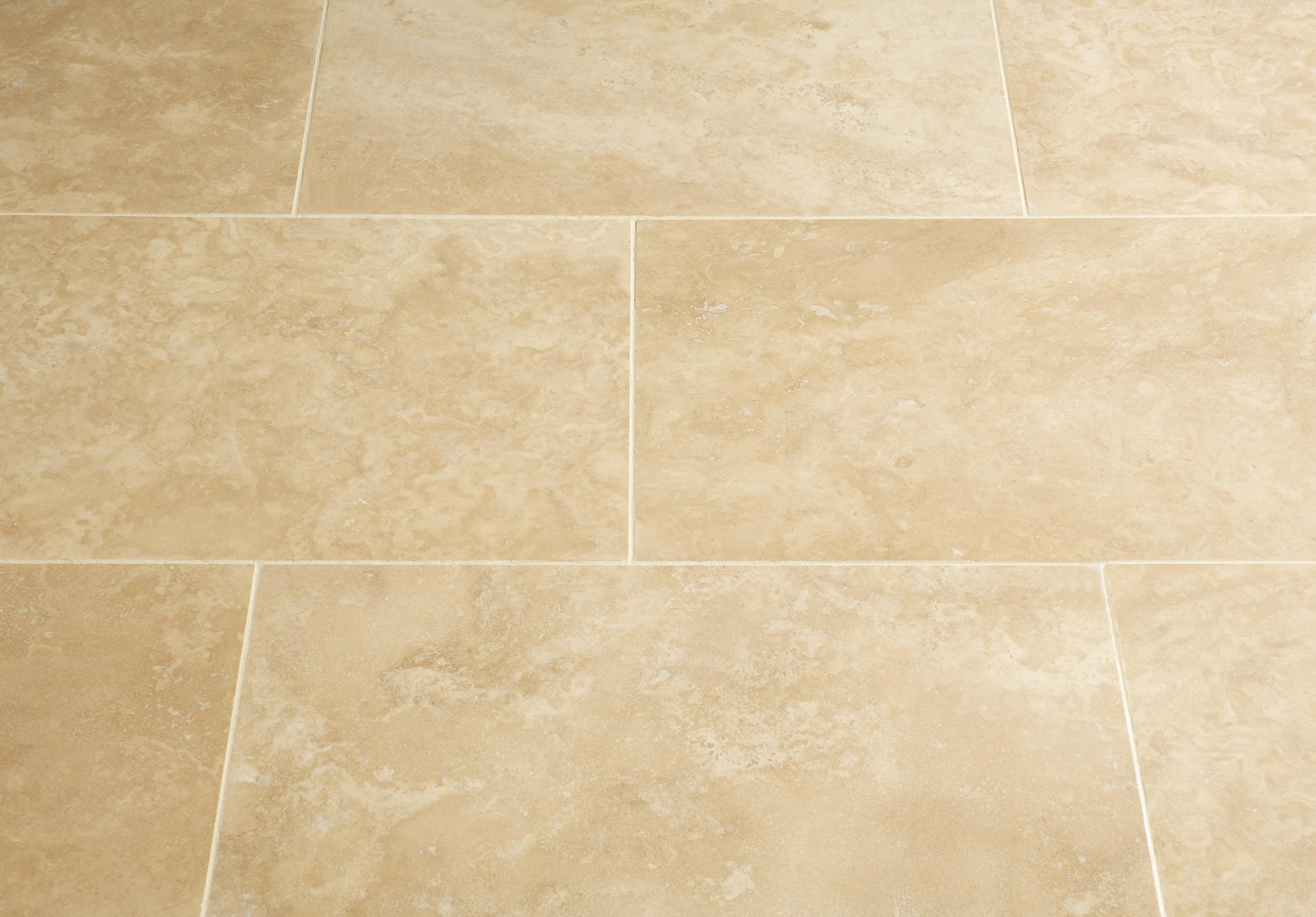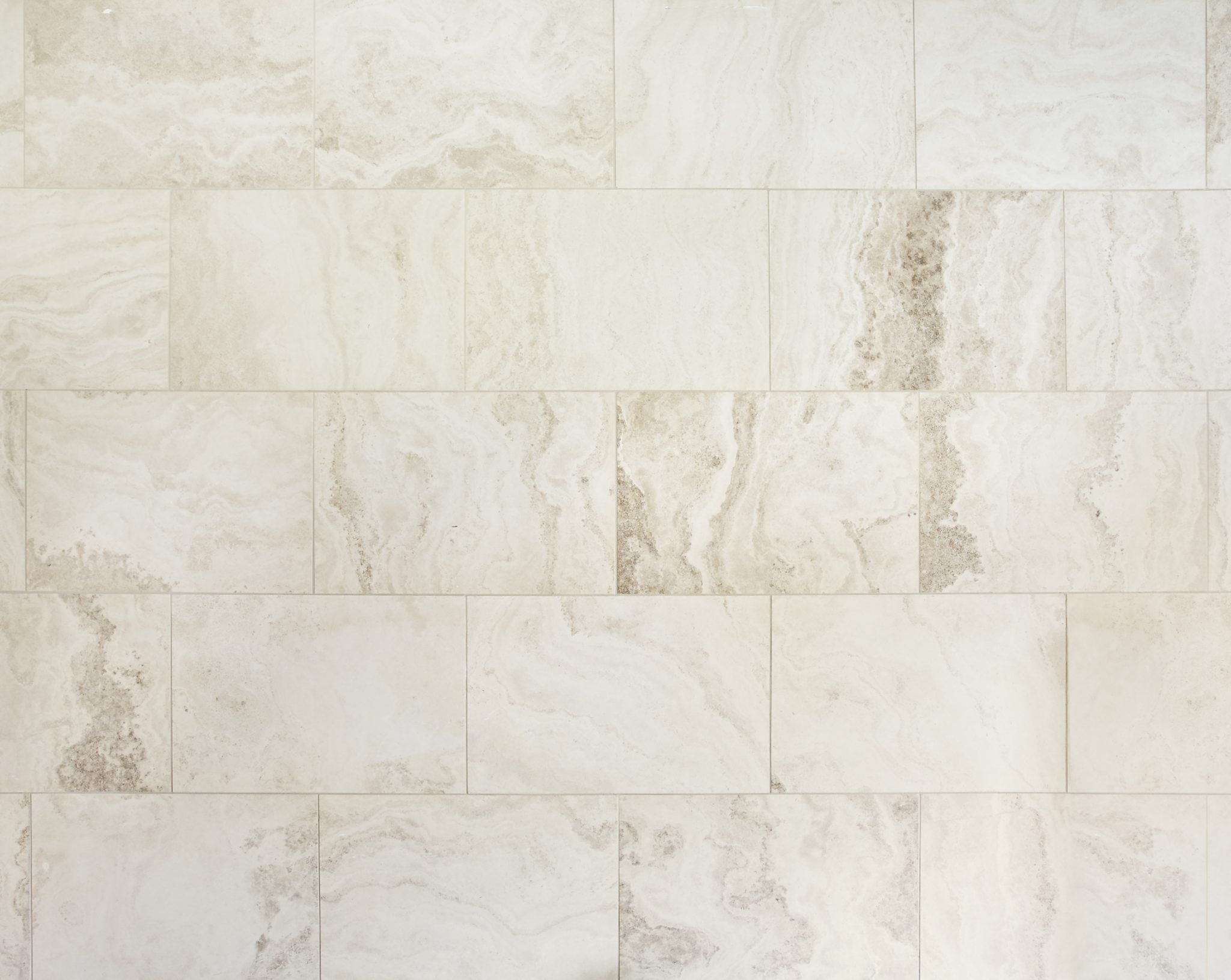Honed Travertine

Travertine, a natural stone with a rich history and stunning beauty, has been a popular choice for flooring for centuries. Its unique formation process and natural variations create a captivating look that adds character and elegance to any space. Honed travertine, in particular, offers a timeless appeal with its smooth, matte finish.
The Origin and Formation of Travertine
Travertine is a sedimentary rock formed from calcium carbonate deposits in hot springs and caves. Over time, these deposits harden and solidify, creating a unique stone with distinctive patterns and textures. The process of travertine formation is a testament to nature’s artistry, resulting in a material that is both beautiful and durable. The ancient Romans were among the first to recognize the value of travertine, using it extensively in their architectural masterpieces, such as the Colosseum.
Honing Travertine: A Finishing Touch
Honing is a process that smooths and polishes the surface of travertine, creating a matte finish that is both elegant and practical. Unlike polished travertine, which has a glossy shine, honed travertine has a subtle sheen that enhances its natural beauty without being overly reflective. This process removes any rough edges or imperfections, resulting in a smooth and consistent surface that is ideal for flooring.
Benefits of Honed Travertine for Bathroom Floors, Honed travertine bathroom floor
Honed travertine is an excellent choice for bathroom floors due to its numerous benefits. Its natural properties make it a durable, slip-resistant, and water-resistant material that can withstand the wear and tear of daily use.
Slip Resistance
Honed travertine’s textured surface provides excellent slip resistance, making it a safe flooring option for bathrooms, where spills and splashes are common. The matte finish reduces the risk of slipping, especially when the floor is wet.
Water Resistance
Travertine is naturally porous, but honing the surface helps to minimize its absorption rate. This makes it more resistant to water damage and staining, making it a practical choice for bathroom floors.
Easy Maintenance
Honed travertine is relatively easy to maintain. Regular sweeping and mopping with a mild cleaner are sufficient to keep the floor clean and looking its best. Its durability and resistance to scratches and stains mean that it requires minimal upkeep.
Design Considerations for a Honed Travertine Bathroom Floor
Honed travertine is a versatile and stylish choice for bathroom floors, offering a natural elegance that can enhance the overall aesthetic of the space. Its unique texture and subtle variations in color provide a timeless appeal that complements various design themes. This section will delve into design considerations for incorporating honed travertine into your bathroom, exploring layout options, color combinations, and lighting techniques.
Color Variations and Patterns
Honed travertine comes in a range of colors, from warm beige and ivory to cool gray and brown. The color you choose can significantly impact the overall ambiance of your bathroom. For a classic and elegant look, consider using a light-colored travertine like ivory or beige. These colors can create a sense of spaciousness and brightness. If you prefer a more contemporary and sophisticated aesthetic, opt for a darker travertine in shades of gray or brown.
- Classic and Elegant: Light-colored travertine in ivory or beige creates a spacious and bright feel. It complements traditional and modern bathroom designs.
- Contemporary and Sophisticated: Darker travertine in shades of gray or brown adds a touch of drama and sophistication. It works well with minimalist and industrial bathroom designs.
- Rustic and Earthy: Travertine with warm brown tones and natural veining creates a rustic and earthy feel. It’s perfect for farmhouse and bohemian bathroom styles.
Contrasting Grout Colors
The grout used between the travertine tiles plays a crucial role in defining the visual appeal of the floor. Contrasting grout colors can enhance the natural beauty of the travertine by creating visual interest and highlighting the tile patterns. A darker grout color will make the tiles appear more prominent, while a lighter grout color will blend seamlessly with the travertine.
- Darker Grout: A darker grout color, such as gray or brown, will create a bold contrast against lighter travertine tiles, making the tiles stand out. This technique is particularly effective for large bathroom spaces.
- Lighter Grout: A lighter grout color, such as white or ivory, will blend in with lighter travertine tiles, creating a more seamless and minimalist look. This is ideal for smaller bathrooms or spaces with intricate tile patterns.
- Matching Grout: Matching the grout color to the travertine tiles creates a more unified and understated look. This is suitable for creating a classic and elegant bathroom design.
Lighting Techniques
Lighting is crucial for showcasing the natural beauty of honed travertine. The right lighting can enhance the tile’s texture, color variations, and overall appeal. Natural light is always ideal, but you can also use artificial lighting to complement the natural light or create a specific ambiance.
- Natural Light: Maximize natural light by using large windows or skylights. This will allow the sun’s rays to illuminate the travertine, highlighting its natural variations in color and texture.
- Recessed Lighting: Recessed lighting can create a soft and diffused light that enhances the travertine’s texture without creating harsh shadows. It’s an excellent option for creating a cozy and inviting atmosphere.
- Pendant Lighting: Pendant lights can add a touch of elegance and style to your bathroom. Choose pendant lights with a warm white or soft white bulb to complement the travertine’s natural tones.
Installation and Maintenance Tips

Installing honed travertine bathroom floors is a project that requires careful planning and execution. It’s not just about laying tiles, it’s about creating a durable and beautiful surface that will last for years. This section will guide you through the process, from preparing the subfloor to sealing the finished product.
Installation Steps
Installing honed travertine bathroom floors is a multi-step process that involves preparing the subfloor, laying the tiles, and sealing the finished product.
- Prepare the subfloor: The subfloor needs to be smooth, level, and free of any debris or imperfections. This might involve leveling the subfloor with a self-leveling compound or using a plywood underlayment.
- Lay the tiles: Travertine tiles are typically laid with thin-set mortar. It’s important to use a mortar that is specifically designed for natural stone. The tiles should be laid with a consistent grout joint, and the grout lines should be clean and even.
- Seal the tiles: After the grout has dried, the tiles need to be sealed. Sealing the tiles will help to protect them from stains and scratches. A sealant should be applied to both the tiles and the grout.
Cleaning and Maintenance
Maintaining the shine and longevity of your honed travertine bathroom floor is essential. The following table Artikels recommended cleaning products and techniques:
| Cleaning Task | Recommended Product | Technique |
|---|---|---|
| Daily Cleaning | Mild soap and water | Sweep or vacuum the floor to remove dust and debris. Use a damp mop with a mild soap solution to clean the floor. Rinse thoroughly and dry the floor completely. |
| Deep Cleaning | Stone cleaner | Apply a stone cleaner to the floor and scrub gently with a soft-bristled brush. Rinse thoroughly and dry the floor completely. |
| Grout Cleaning | Grout cleaner | Apply a grout cleaner to the grout lines and scrub gently with a grout brush. Rinse thoroughly and dry the floor completely. |
Sealing the Tiles
Regular sealing is crucial for maintaining the beauty and durability of your honed travertine bathroom floor. A sealant acts as a protective barrier, preventing stains and scratches from penetrating the stone.
Important: It is recommended to seal your travertine floor every 6 to 12 months, depending on the amount of traffic and wear.
